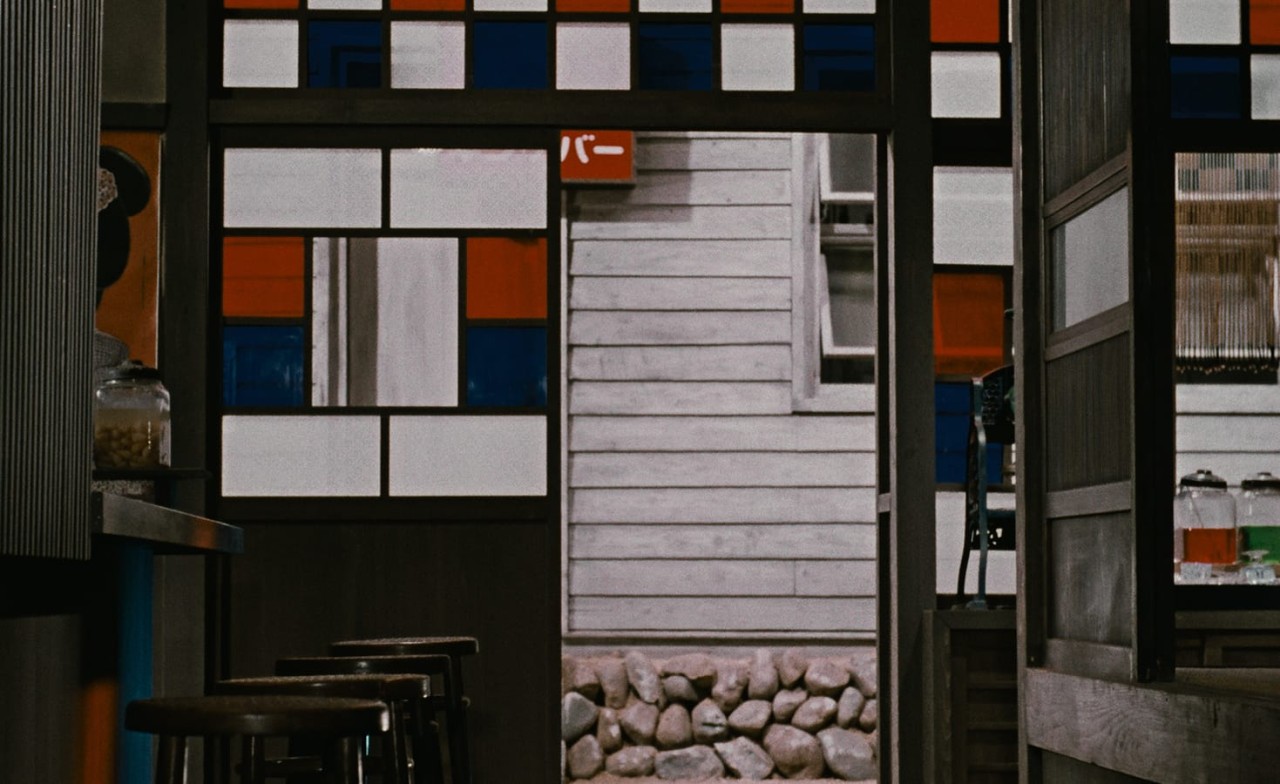Floating Weeds

One of six sublime color masterworks that Yasujiro Ozu produced late in his career, the director’s second filming of his own 1934 silent triumph A Story of Floating Weeds represents the mature flowering of his style. Harnessing the full expressive potential of color, sound, music, and his exquisite compositional sense, he brings new depths of bittersweet feeling—tinged with an aging artist’s melancholic nostalgia—as well as a new air of expansiveness, to a story with enduring resonance.
Available In

Cast
- Ganjiro Nakamura
- Komajuro
- Machiko Kyo
- Sumiko
- Ayako Wakao
- Kayo
- Hiroshi Kawaguchi
- Kiyoshi
- Haruko Sugimura
- Oyoshi
- Hitomi Nozoe
- Aiko
- Chishu Ryu
- Theater owner
- Koji (Hideo) Mitsui
- Kichinosuke
- Haruo Tanaka
- Yatazo
- Yosuke Irie
- Sugiyama
- Hikaru Hoshi
- Kimura
- Mantaro Ushio
- Sentaro
- Kumeko Urabe
- Shige
Credits
- Director
- Yasujiro Ozu
- Script by (based on the 1934 Ikeda script)
- Yasujiro Ozu
- Script by (based on the 1934 Ikeda script)
- Kogo Noda
- Cinematography
- Kazuo Miyagawa
- Art direction by
- Tomoo Shimogawara
- Lighting by
- Sachio Ito
- Music by
- Kojun Saito
A scene from Floating Weeds
Trailer for Floating Weeds





















